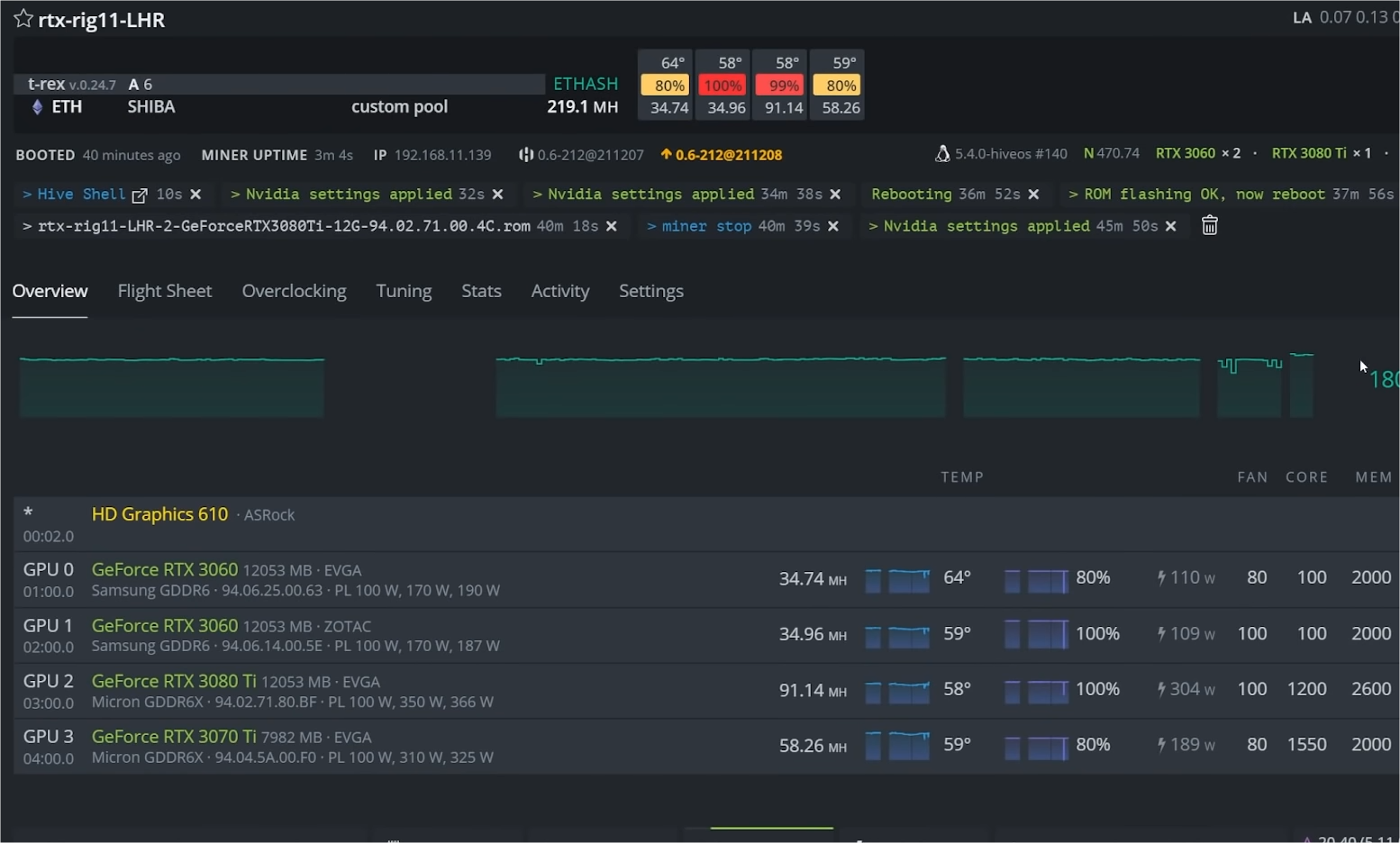EVGA new firmware improves mining efficiency on GeForce RTX 3080 Ti
Even if NVIDIA has added the new version of the cryptocurrency mining limiter, there are still people who try to improve the efficiency of mining through various methods. For example, in the past few months, the mining software NBMiner v39.0 circumvented some of the limitations of NVIDIA, increasing the computing power from 50% of the limit to 68%. Another mining software, T-Rex, mines two different cryptocurrencies at the same time, which increases the utilization rate of GPU mining to maximize revenue.

Image: OwnSnap





